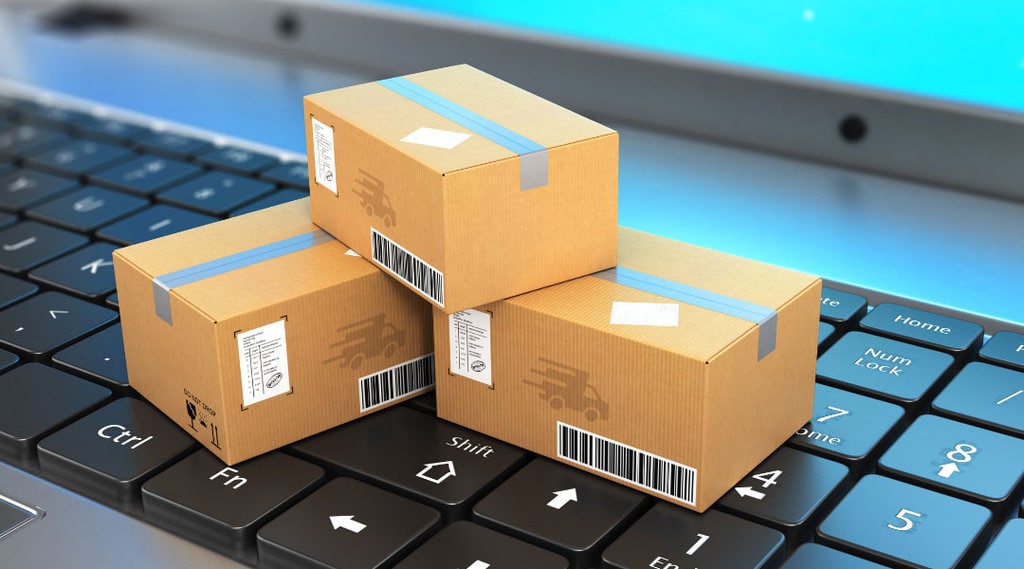
The world of email communication is evolving, and with it comes a set of new requirements that every organization needs to be aware of. In this blog post, we will discuss the imminent changes in email authentication, specifically focusing on the growing importance of DKIM and DMARC records. These requirement changes are affecting everyone (but mostly those sending to Google and Yahoo), and are crucial for ensuring the delivery of your emails to recipients’ inboxes. While SPF remains essential, the combined implementation of SPF, DKIM, and DMARC is becoming a necessity for all email users.
That’s right… ALL email users.
So, let’s dig a little deeper into these requirement changes and talk about what you can do to avoid the panic and make this transition as smooth as possible.
The Changing Email Security Landscape
Years ago, SPF and reverse DNS were often sufficient to verify the authenticity of the sending domain. However, with the increasing sophistication of cyber threats, the industry has recognized the need for additional layers of protection. SPF, DKIM, and DMARC, when implemented together, provide better defense against various email-related attacks, while ensuring the integrity of email communication.
Benefits of DKIM
- Validates Message Content
- Allows Subdomain Delegation
- Transparent to End Users
- Low Development & Use Costs
Benefits of DMARC
- Secured Brand Reputation
- Reporting & Forensic Information
- Enhanced Email Security
- Improved Email Deliverability
Google And Yahoo Requirements
Bulk senders targeting Google and Yahoo recipients are now mandated to implement both DKIM and DMARC records, alongside SPF. The implications are significant; messages sent with SPF alone may face increased scrutiny, potentially leading to filtering or placement in Junk Email folders. This shift is not limited to a specific email service provider; it impacts everyone, including Microsoft 365 users.
Seamless Integration In Proofpoint And Microsoft Office 365
The good news is that implementing DKIM in widely used email security platforms like Proofpoint and Microsoft 365 is now a straightforward process. While the current requirement for implementing DKIM and DMARC currently impacts bulk senders (those sending out a minimum of 5,000 messages a day), the writing is on the wall – all three (SPF, DKIM, and DMARC) might be mandatory sooner than later as the increased level of filtering has already been noticed this year. It’s not just about Microsoft 365 or Exchange; this impacts everyone who uses email.
Service providers are recognizing the urgency and are providing simple, user-friendly steps for users to configure DKIM and DMARC records. This inclusivity ensures that organizations, regardless of their email infrastructure, can enhance their email security posture.
Proactive Measures To Avoid The Panic
While this requirement isn’t yet in place, there are other great security benefits to adopting these settings now. Several widely used services, including Microsoft 365, Proofpoint, Salesforce, and others, offer straightforward steps for implementing DKIM.
Leveraging these platforms can streamline the integration process, ensuring a smoother transition to enhanced email authentication. Even if your organization runs Exchange on-premises, there are third-party products available specifically designed to add DKIM. These solutions provide a layer of protection and can be implemented with assistance readily available, allowing you to bolster your email security regardless of your existing infrastructure.
Reverse DNS Lookup
Reverse DNS Lookup is a crucial security layer in today’s evolving cybersecurity landscape. It involves configuring your IP’s reverse DNS lookup through your ISP to align with your mail server’s FQDN. This reduces the chances of emails being flagged or filtered. By confirming the association between the IP address and the expected domain, reverse DNS lookup assists in preventing phishing attacks and other malicious activities to those who receive emails from your domain, which also helps your organization’s reputation.
The TLS Factor
While TLS significantly enhances the security of email communication through encryption, its relevance becomes particularly crucial when dealing with recipients who explicitly request or require secure transmissions. In such instances, ensuring the proper configuration of TLS settings is paramount to meet both security expectations and compliance mandates. Platforms like Microsoft Exchange provide features that enable administrators to enforce TLS requirements, but a nuanced understanding is essential, especially in environments where manual control is necessary.
Stay Informed And Act Now
To stay ahead of the curve in email security, it’s imperative to monitor changes and adapt accordingly. Implementing SPF, DKIM, DMARC records, and reverse DNS ensures a robust defense against potential filtering. Now is the time to act and embrace these changes before they become mandatory for everyone. Begin the process now to avoid last-minute panic and ensure the uninterrupted delivery of your emails.
If you’re interested in learning more about the DKIM and DMARC requirement changes, please contact us by calling (502) 240-0404 or emailing info@mirazon.com
Sources:
Barracuda Campus
Mimecaster
